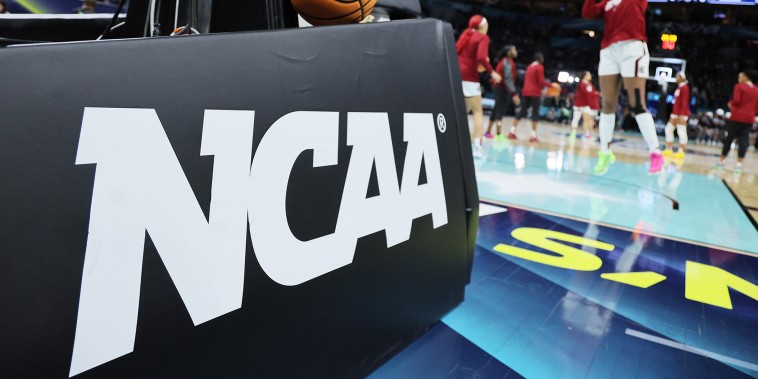 The decline of Red Lobster was primarily due to financial choices made by the private equity firm that purchased it, Golden Gate Capital. This firm took on a significant amount of debt to finance the $2.1 billion buyout from Darden Restaurants in 2014, which severely impacted the chain’s operations.
Private equity buyouts typically involve leveraged buyouts, using borrowed funds to purchase companies and load them with debt. Golden Gate Capital, in the case of Red Lobster, imposed a heavy debt burden, about $2.6 billion, which was about 100 times the restaurant’s annual earnings. This meant that much of Red Lobster’s earnings had to go into servicing this debt, leaving very little for reinvestment or renovation within the chain.
Moreover, Golden Gate Capital decided to sell off Red Lobster’s valuable real estate holdings in a sale-leaseback deal (where the restaurant would sell its property and then lease it back from the new owners), raising another $1.5 billion. This might have made financial sense in the short term, but it resulted in Red Lobster having to pay rent on property it once owned, burying the chain further into debt.
The strategy was risky because it relied on increasing Red Lobster’s profits at a time when the casual dining industry was in decline due to factors like changing consumer preferences, increased competition, and a shift toward fast casual dining.
The endless shrimp wasn’t the cause of Red Lobster’s problems. Rather, it
The decline of Red Lobster was primarily due to financial choices made by the private equity firm that purchased it, Golden Gate Capital. This firm took on a significant amount of debt to finance the $2.1 billion buyout from Darden Restaurants in 2014, which severely impacted the chain’s operations.
Private equity buyouts typically involve leveraged buyouts, using borrowed funds to purchase companies and load them with debt. Golden Gate Capital, in the case of Red Lobster, imposed a heavy debt burden, about $2.6 billion, which was about 100 times the restaurant’s annual earnings. This meant that much of Red Lobster’s earnings had to go into servicing this debt, leaving very little for reinvestment or renovation within the chain.
Moreover, Golden Gate Capital decided to sell off Red Lobster’s valuable real estate holdings in a sale-leaseback deal (where the restaurant would sell its property and then lease it back from the new owners), raising another $1.5 billion. This might have made financial sense in the short term, but it resulted in Red Lobster having to pay rent on property it once owned, burying the chain further into debt.
The strategy was risky because it relied on increasing Red Lobster’s profits at a time when the casual dining industry was in decline due to factors like changing consumer preferences, increased competition, and a shift toward fast casual dining.
The endless shrimp wasn’t the cause of Red Lobster’s problems. Rather, it
It wasn’t the endless shrimp that doomed Red Lobster. How private equity pinched the seafood chain.

 The decline of Red Lobster was primarily due to financial choices made by the private equity firm that purchased it, Golden Gate Capital. This firm took on a significant amount of debt to finance the $2.1 billion buyout from Darden Restaurants in 2014, which severely impacted the chain’s operations.
Private equity buyouts typically involve leveraged buyouts, using borrowed funds to purchase companies and load them with debt. Golden Gate Capital, in the case of Red Lobster, imposed a heavy debt burden, about $2.6 billion, which was about 100 times the restaurant’s annual earnings. This meant that much of Red Lobster’s earnings had to go into servicing this debt, leaving very little for reinvestment or renovation within the chain.
Moreover, Golden Gate Capital decided to sell off Red Lobster’s valuable real estate holdings in a sale-leaseback deal (where the restaurant would sell its property and then lease it back from the new owners), raising another $1.5 billion. This might have made financial sense in the short term, but it resulted in Red Lobster having to pay rent on property it once owned, burying the chain further into debt.
The strategy was risky because it relied on increasing Red Lobster’s profits at a time when the casual dining industry was in decline due to factors like changing consumer preferences, increased competition, and a shift toward fast casual dining.
The endless shrimp wasn’t the cause of Red Lobster’s problems. Rather, it
The decline of Red Lobster was primarily due to financial choices made by the private equity firm that purchased it, Golden Gate Capital. This firm took on a significant amount of debt to finance the $2.1 billion buyout from Darden Restaurants in 2014, which severely impacted the chain’s operations.
Private equity buyouts typically involve leveraged buyouts, using borrowed funds to purchase companies and load them with debt. Golden Gate Capital, in the case of Red Lobster, imposed a heavy debt burden, about $2.6 billion, which was about 100 times the restaurant’s annual earnings. This meant that much of Red Lobster’s earnings had to go into servicing this debt, leaving very little for reinvestment or renovation within the chain.
Moreover, Golden Gate Capital decided to sell off Red Lobster’s valuable real estate holdings in a sale-leaseback deal (where the restaurant would sell its property and then lease it back from the new owners), raising another $1.5 billion. This might have made financial sense in the short term, but it resulted in Red Lobster having to pay rent on property it once owned, burying the chain further into debt.
The strategy was risky because it relied on increasing Red Lobster’s profits at a time when the casual dining industry was in decline due to factors like changing consumer preferences, increased competition, and a shift toward fast casual dining.
The endless shrimp wasn’t the cause of Red Lobster’s problems. Rather, it

